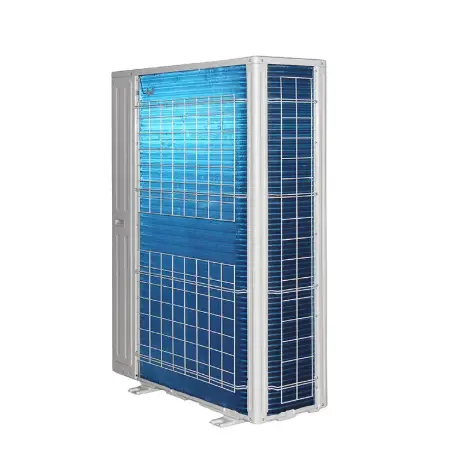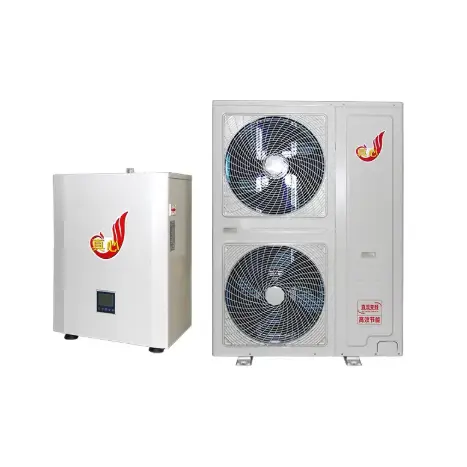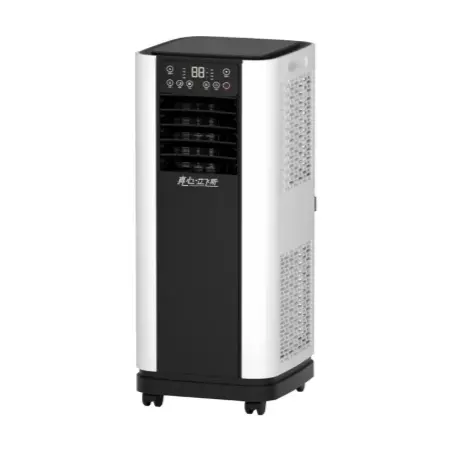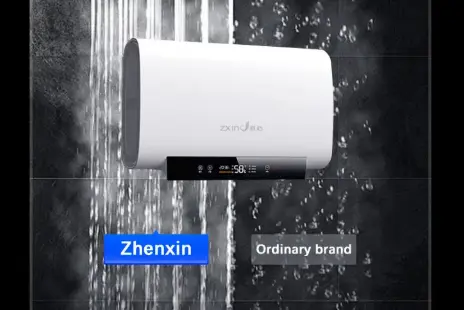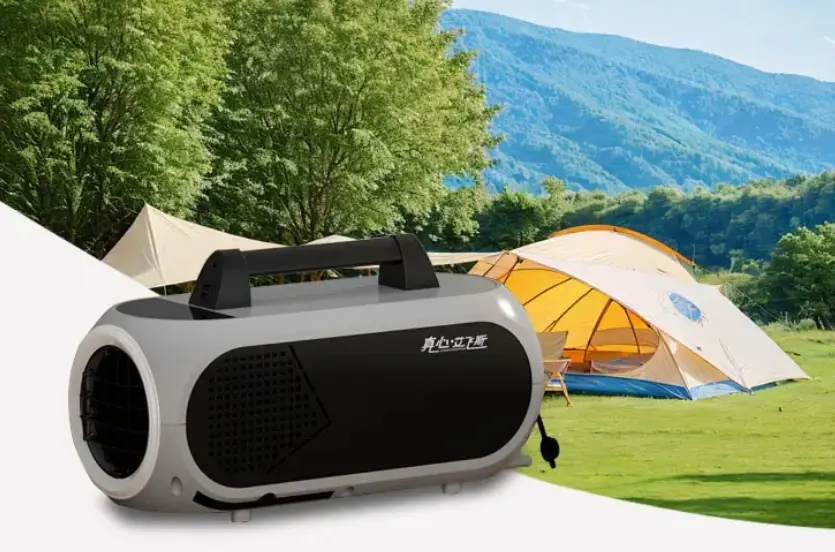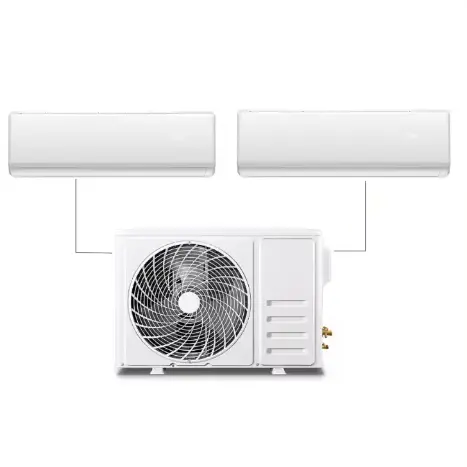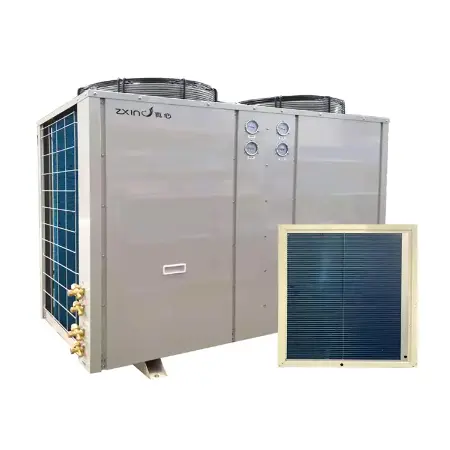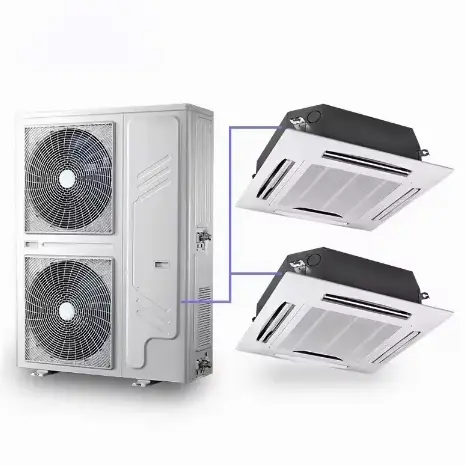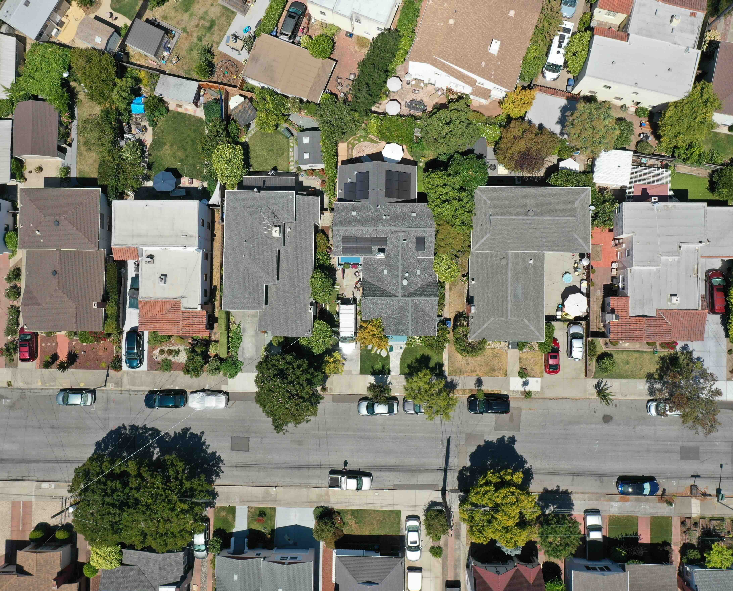Portable Air Conditioner vs. Traditional Air Conditioner: A Full Comparison
As summer heat intensifies, the need for effective cooling solutions becomes critical. Among the many options, portable air conditioners are popular for their convenience and flexibility. However, traditional air conditioners still have a significant presence in the market. This article explores the differences between portable and traditional air conditioners to help consumers make an informed decision based on their specific needs.
Learn about portable air conditioners
Portable air conditioners are compact, self-contained units that can be easily moved from room to room. They usually come with a hose that exhausts hot air outside through a window or wall. Their mobility is one of their most significant advantages, making them ideal for renters or those who want to cool a specific area without committing to a permanent installation.
One of the main benefits of portable air conditioners is that they are easy to install. Most models require minimal installation, often just a window kit to exhaust the hot air. This makes it an attractive option for those who may not have the skills or resources to install a traditional air conditioning system. Additionally, portable air conditioners can be used in a variety of settings, including homes, offices, and even tents on camping trips.
Exploring traditional air conditioning
Traditional air conditioning, including central air conditioning systems and window air conditioners, has been the preferred cooling solution for many years. Central air conditioning systems are designed to cool the entire house through a network of ducts, while window air conditioners are installed in individual windows to cool specific rooms. These systems are generally more powerful and efficient than portable air conditioners, making them suitable for larger spaces.
One of the main advantages of traditional air conditioning is its cooling capacity. Central air conditioning systems can effectively regulate the temperature of an entire house, providing consistent comfort. Additionally, traditional air conditioners often have better energy efficiency ratings, which can reduce utility bills in the long run. Many modern air conditioning systems are also equipped with smart technology, allowing users to remotely control the temperature in their home.
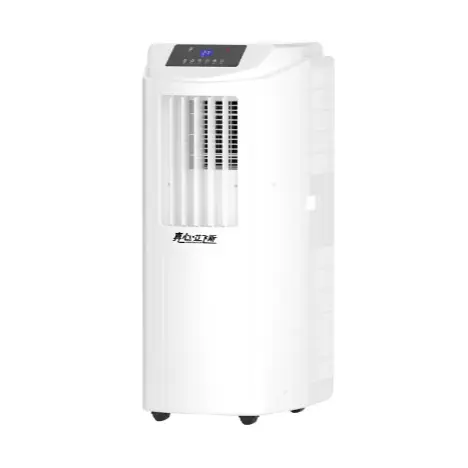
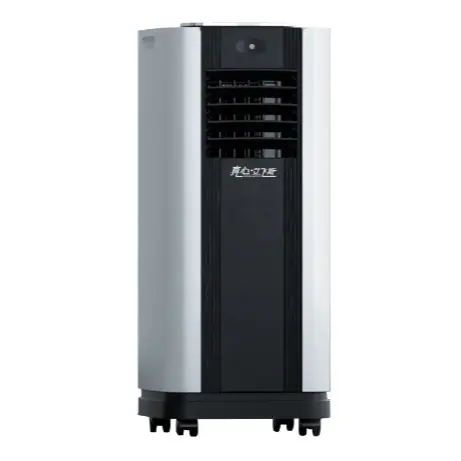
Comparing efficiency and cost
When it comes to energy efficiency, traditional air conditioners generally perform better than portable air conditioners. Central air conditioning systems are designed to cool larger spaces more efficiently, while portable air conditioners may have difficulty maintaining a comfortable temperature in a larger room. This can lead to increased energy consumption and higher electricity bills for portable air conditioner users.
In terms of cost, portable air conditioners generally have lower upfront costs, making them an attractive option for those on a budget. However, long-term costs associated with energy consumption and potential repairs should be considered. Traditional air conditioners, while more expensive to install, may provide better value over time due to their efficiency and durability.
in conclusion
In the battle between portable air conditioners and traditional air conditioners, the ultimate choice comes down to personal needs and circumstances. Portable air conditioners are ideal for renters or those who need a temporary cooling solution due to their flexibility, ease of installation, and affordability. On the other hand, traditional air conditioners offer superior cooling capacity, energy efficiency, and long-term value for homeowners looking for a permanent solution.
Before making a decision, consumers should evaluate their specific cooling needs, budget, and living situation. By understanding the pros and cons of each option, people can choose the air conditioning solution that best suits their lifestyle and ensure they stay comfortable during the hot summer months.


